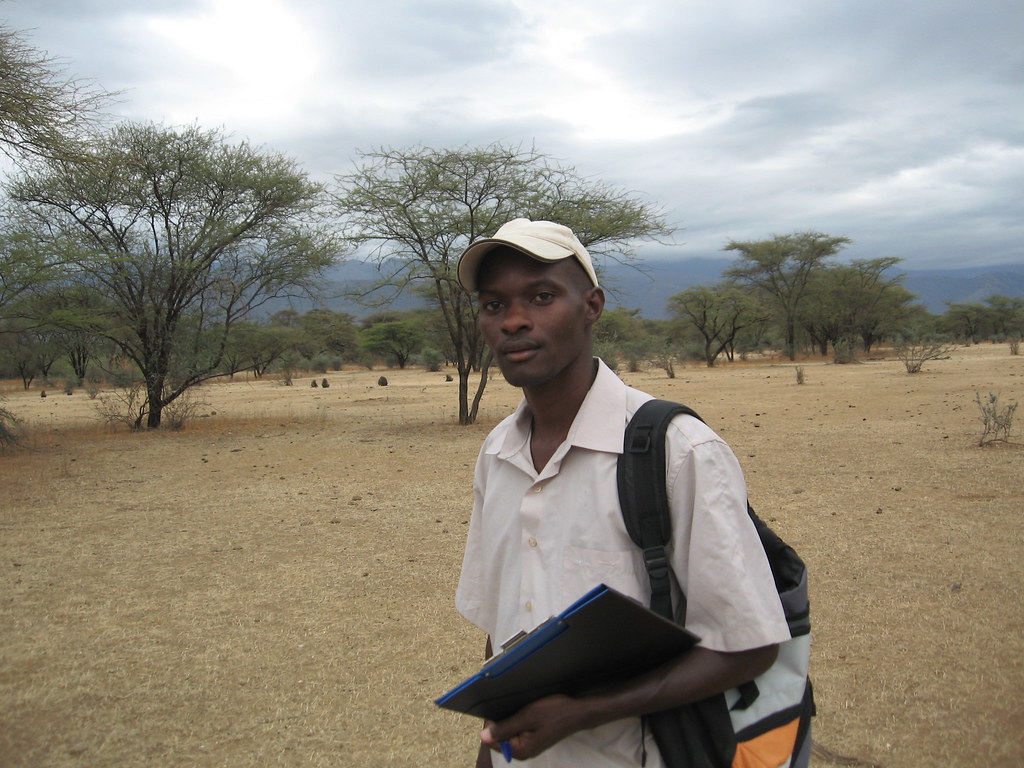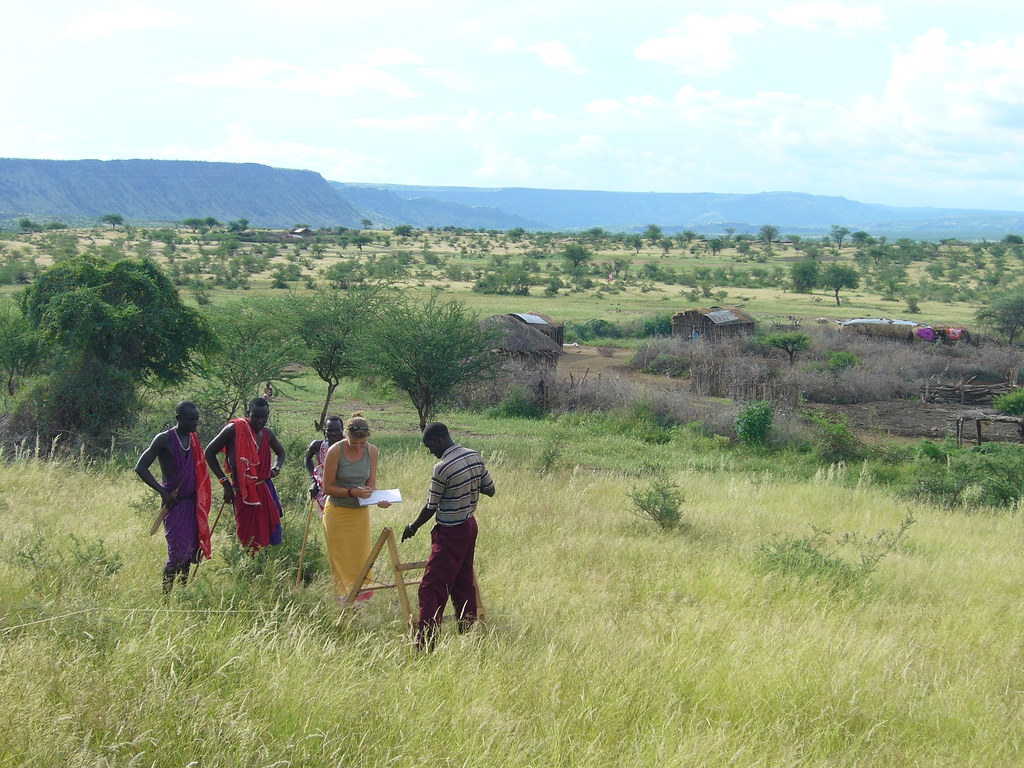Wednesday May 11th marked an important meeting in a series of community meetings taking place at Olorgesailie with the agenda of initiating the establishment of conservation and education programs around the Olorgesailie and Kwenia region. Lead by SORALO coordinator John Kamanga the meeting brought together representatives from The National Museums of Kenya, African Conservation Center, and researchers from the Lale’enok center to share and discuss with leaders and important community members from all areas of the Group Ranch. The rains did not slow down the liveliness of the meeting with lots of good questions presented and progressive discussion. A notably inspirational moment was when one of the Mamas got up in front of all the leaders and reminded them of the role woman want to play in the development of the region and by putting money into the hands of the woman you will see progressive change on a community level. Met with applause and enthusiasm there are plans in the development proposal to create a cultural center that will support woman’s initiatives in the area.

 Rarely will such an opportunity arise where we can take a look back over hundreds of thousands of years at a landscape so key to human and wildlife origins, while simultaneously investigating that same relationship and how it plays out on that same landscape today. In addition, the area is also vital to the conservation of large connecting landscapes, which host vulnerable populations of rare species such as the Ruppell’s Griffon vulture, elephants, and wild dogs. The meeting marked a positive step in a long road towards bringing together all agendas in the region and the Lale’enok team came away from the meeting enthusiastic and inspired to be a part of the new possibilities the region presents.
Rarely will such an opportunity arise where we can take a look back over hundreds of thousands of years at a landscape so key to human and wildlife origins, while simultaneously investigating that same relationship and how it plays out on that same landscape today. In addition, the area is also vital to the conservation of large connecting landscapes, which host vulnerable populations of rare species such as the Ruppell’s Griffon vulture, elephants, and wild dogs. The meeting marked a positive step in a long road towards bringing together all agendas in the region and the Lale’enok team came away from the meeting enthusiastic and inspired to be a part of the new possibilities the region presents.

 The center has also recently acquired a motorcycle to increase mobility and aid in carrying out research in some areas. It has been a source of entertainment at camp this month teaching everyone to ride, and of course deciding what colour helmet you look best in! Albert was even able to strap on the pin frame to zoom off to count all the new grass sprouting up!
The center has also recently acquired a motorcycle to increase mobility and aid in carrying out research in some areas. It has been a source of entertainment at camp this month teaching everyone to ride, and of course deciding what colour helmet you look best in! Albert was even able to strap on the pin frame to zoom off to count all the new grass sprouting up!







